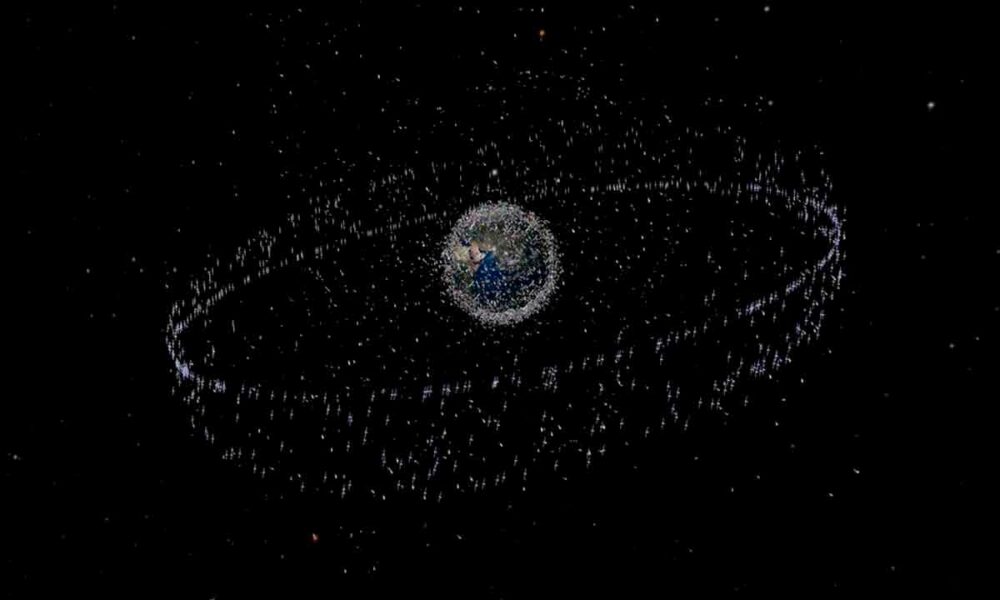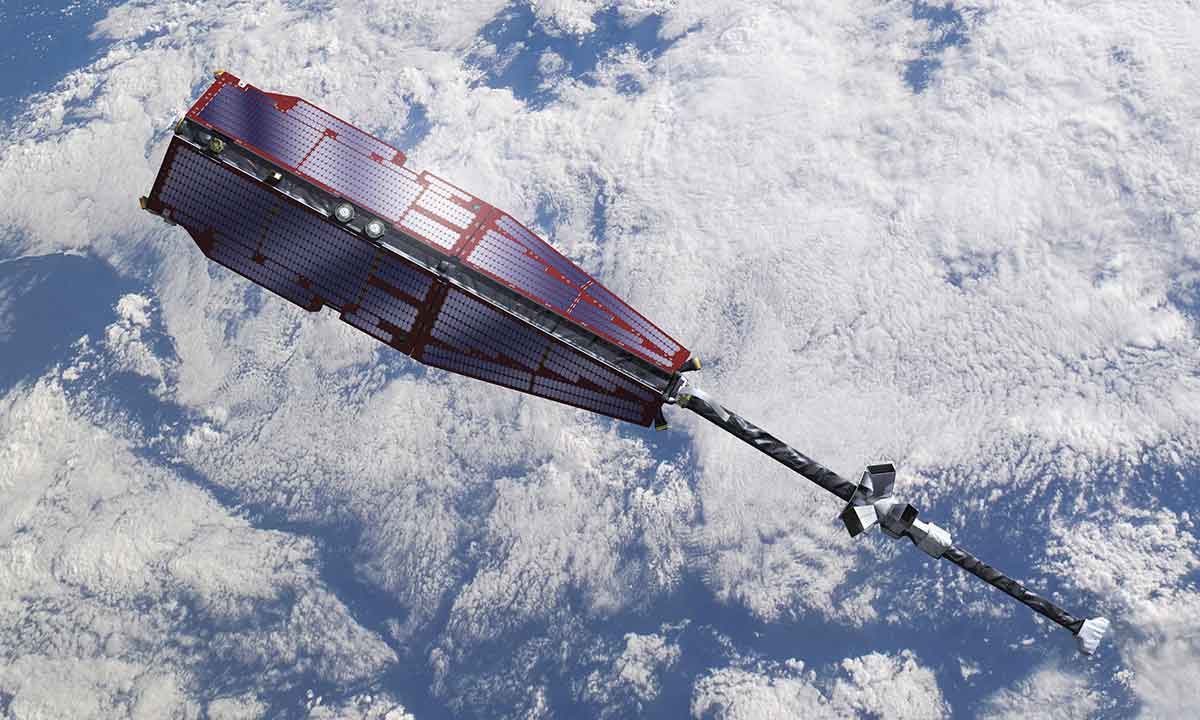
Space debris has been a problem to be taken into account for decades, but without a doubt, The last two decades have made a big difference, with an exponential growth in launches, satellites and, consequently, of saturation of the low Earth orbit. A saturation that, as we have been seeing throughout the last year, especially the last months of 2021, gave rise to several incidents that could have ended very badly. The situation worsens with each passing day.
Much of the exponential growth in low-orbit saturation is a result of Starlink, SpaceX’s satellite Internet access platform, which currently it already has more than 2,400 satellites, and that in the medium term intends that its count be measured in tens of thousands. But just because it’s the most notable name doesn’t mean it’s the only one. Amazon has not given up on creating its own satellite Internet system, and we can expect more operators to want to operate, in different ways, in low orbit.
Under these conditions, every day it is more urgent to adequately regulate its use, in order to reduce as much as possible the presence of elements that should no longer remain there. This, of course, must be managed globally, although it is true that each regulator acts within the scope of the companies in its geographical area. The key, of course, is that these regulators are able to agree to sign global policies.
And in this regard, as we can read on Gizmodo, the US FCC (Federal Communications Commission) has issued a draft regulation that will require satellites to re-enter the Earth’s atmosphere, a process in which they will disintegrate, sOnly five years after their missions endinstead of the current term , which is no less than 25 years, in what we can interpret as an effort to reduce space debris.
This draft is a first step, which will continue to advance with a meeting scheduled for next September 29. The project recommends the disposal of satellites by uncontrolled re-entry into the Earth’s atmosphere (and subsequent disintegration) as soon as possible, and in any case no later than five years after the end of their operational life. If finally adopted, this regulation will apply to satellites operating at altitudes below 2,000 kilometers and that they be launched two years after the approval of the standard. This, therefore, does not solve the current problem, but it does prevent it from being magnified in the coming years.




